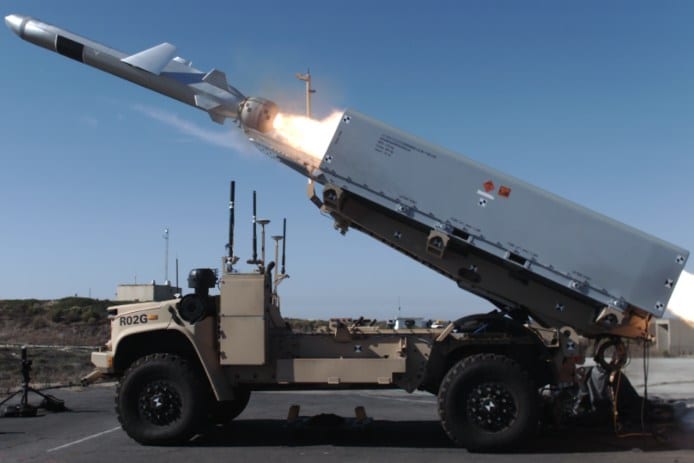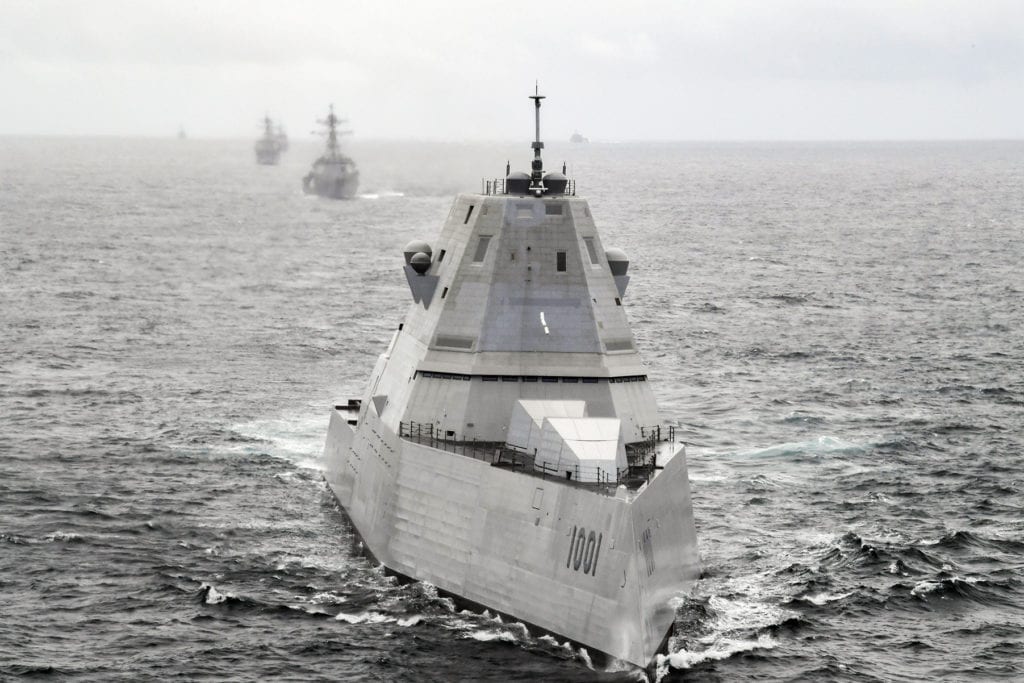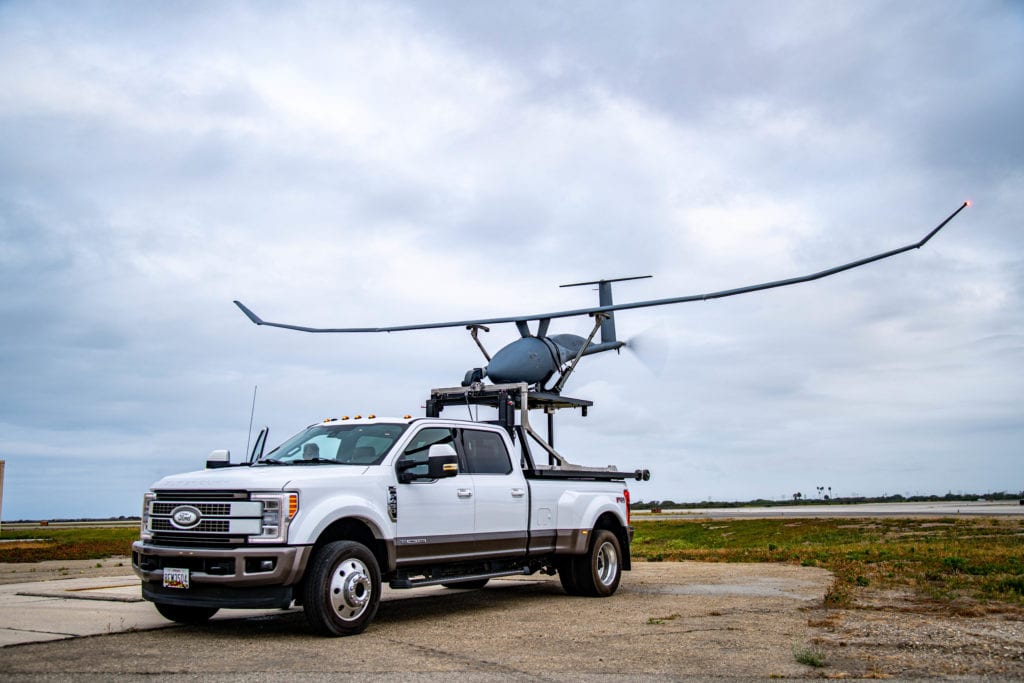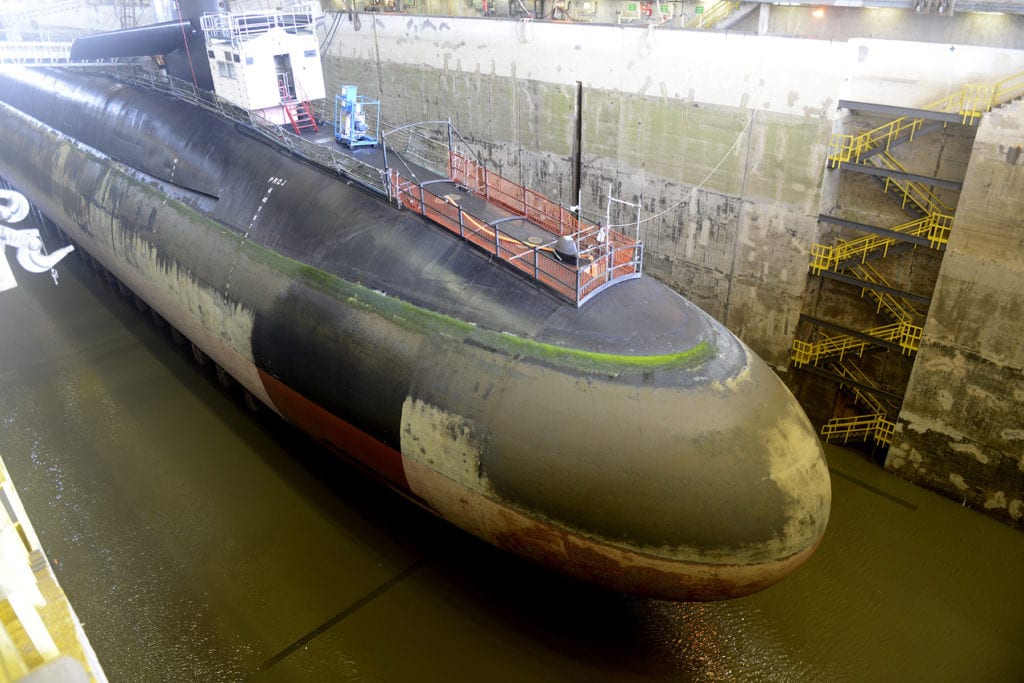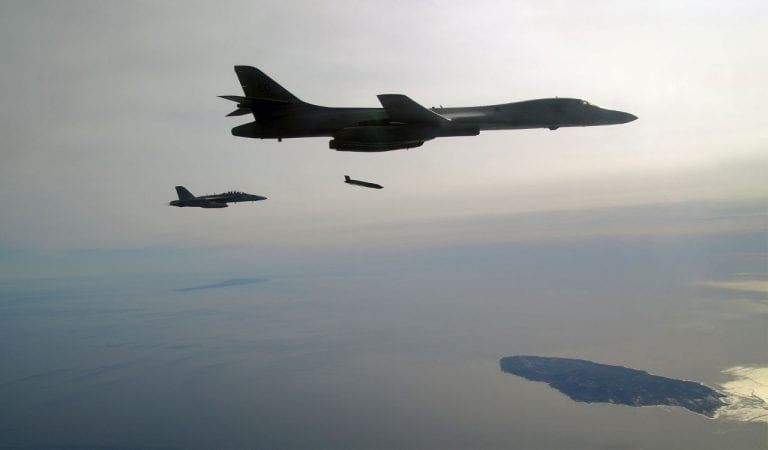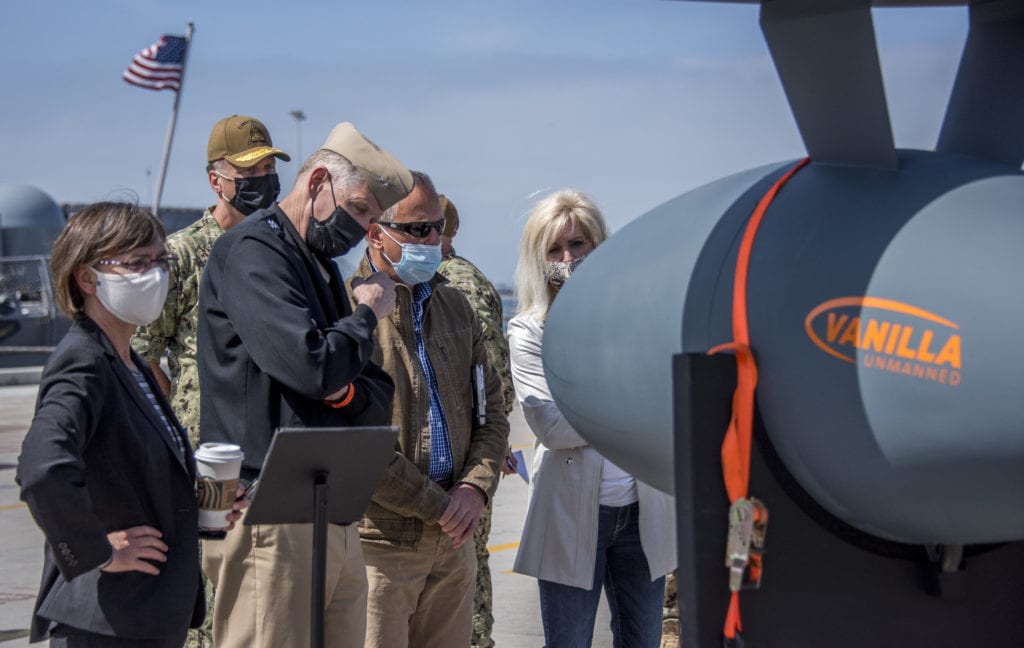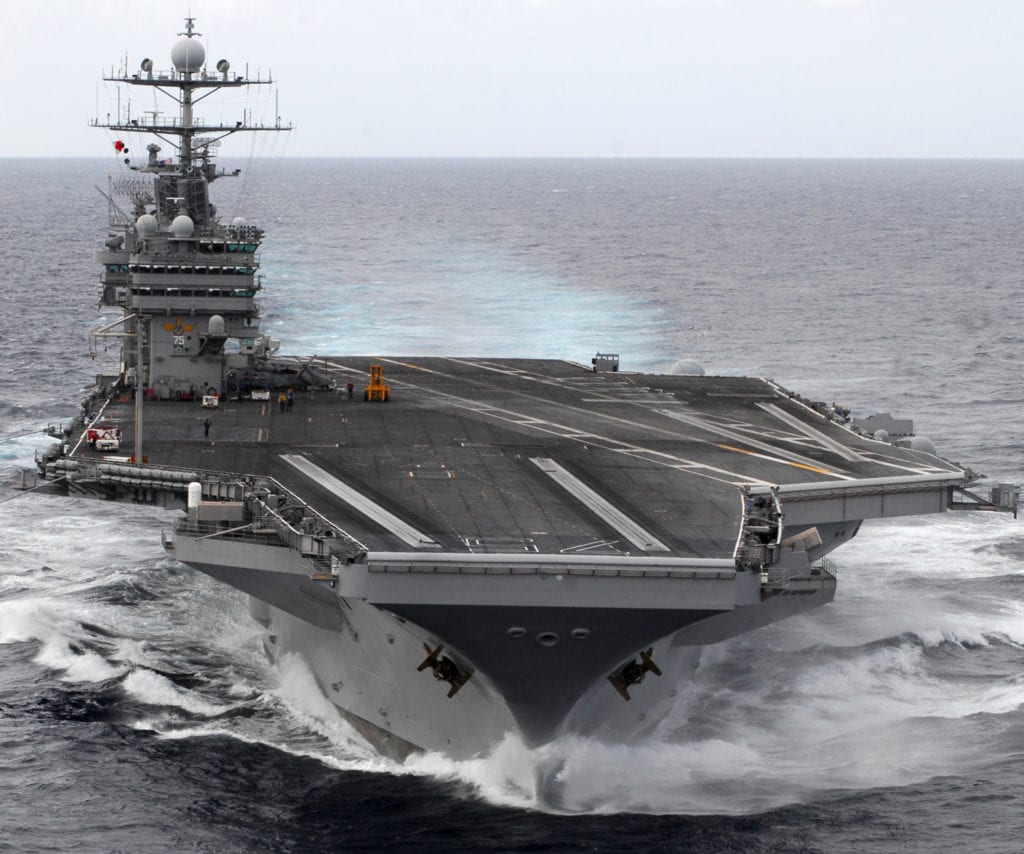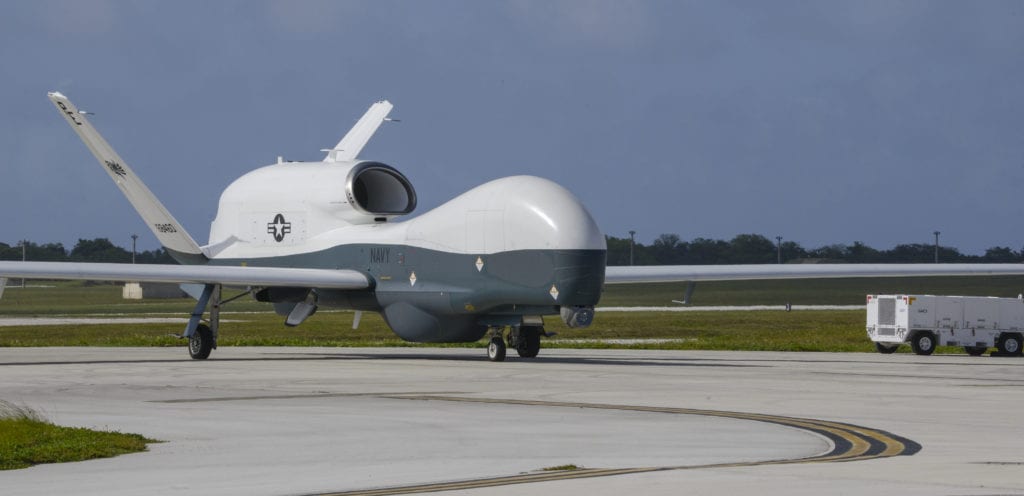Mustin: KC-130J Transport is Navy Reserve’s Top Equipment Priority

ARLINGTON, Va. — The admiral in charge of the Navy Reserve said his top acquisition priority is the KC-130J Super Hercules transport/tanker aircraft, needed to replace the service’s C/KC-130T Hercules transports.
“Procurement of the KC-130J to replace the legacy C/KC-130T is the Navy Reserve’s top equipment priority,” wrote Vice Adm. John Mustin, chief of Navy Reserve, in a statement submitted to the defense subcommittee of the House Appropriations Committee for its May 4 hearing. “Transitioning from legacy airframes to the modern KC-130J aircraft is necessary to fill critical capability and capacity gaps and ensure interoperability with our active and reserve component Marine Corps and Air Force partners, who have already transitioned to the KC-130J.”
The Navy’s Unique Fleet Essential Airlift forces are operated entirely by the Navy Reserve. The fleet consists of 30 C/KC-130T and 17 C-40A aircraft that provide the organic intra-theater air logistics, including transporting oversized cargo (F-35 engines, AMRAAM and Harpoon missiles, submarine masts, etc.) to forward-deployed and expeditionary naval Forces, “a critical link in the warfighting supply chain,” Mustin wrote.
The admiral submitted a summary of the legacy Hercules fleet’s performance in fiscal 2020:
“Last year, fleet logistics [VR] squadrons flew 22,707 flight hours and transported 111,625 passengers and 22.2 million pounds of cargo for the Navy and the Department of Defense,” he wrote. “Executing these missions generated a cost avoidance of nearly $1.0 billion per year relative to alternative means of transportation. At the height of the COVID-19 pandemic, Navy Reserve VR squadrons ensured the continuity of Navy training pipelines, safely flying Sailors between training sites when commercial options were reduced or unavailable. Supporting global operations, VR squadrons also transported personnel between U.S. overseas bases around the world. Specifically, C-130 missions increased 7.5% [from 817 missions to 878], while flight hours increased 16.6% [from 7,922 to 9,235 hours]. Even with the increased execution of flight hours and missions, demand continues to increase for C-130 lift, with unmet lift requests reflecting a gap between demand and capacity. To date, [fiscal] ‘21 indicates an even greater demand for cargo this year than in [fiscal] ‘19 and [fiscal] ‘20.
Mustin cited the low readiness of the C/KC-130T fleet and the need to recapitalize it.
“Every mission capable aircraft generates an average of $48.6 million in cost avoidance for the transport of equipment,” he wrote. “The current Mission Capable rates of the C/KC-130T average 25% of Total Aircraft Inventory and required modifications of that legacy airframe will limit aircraft availability to a maximum of 33% until 2030. Comparatively, we expect to realize a 70% mission capable rate for the KC-130J which will provide an additional $200 million per year in transportation and cost savings to the Navy. The current C/KC-130T fleet struggles to meet current fleet demand and lacks the required capability and capacity to meet wartime intra-theater logistics requirements, a situation best remedied through recapitalization.”

